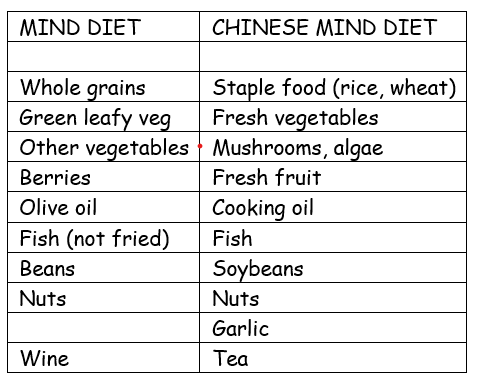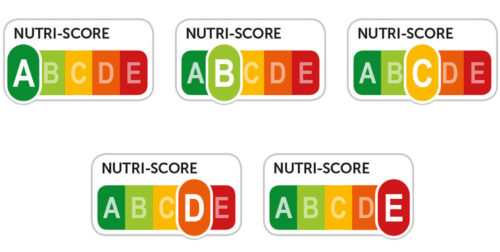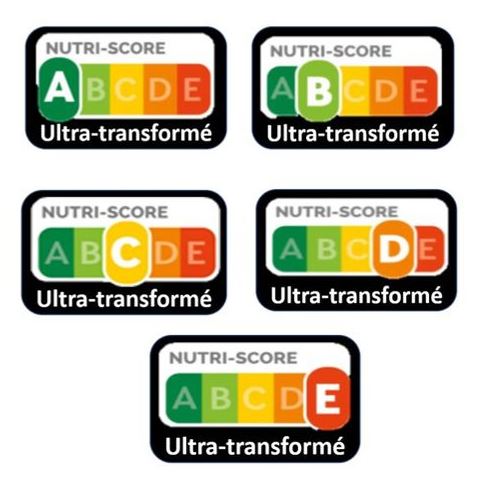A rare gem: an industry-funded study with a negative result, and for blueberries yet!
I’ve posted several studies sponsored by the blueberry industry , most recently on their effects on menopausal symptoms. Blueberry trade associations, as I discuss in my book Unsavory Truth: How the Food Industry Skews the Science of What We Eat, led the way in promoting research suggesting this fruit is a “superfood.”
If only.
They are still at it, apparently, but sponsorship does not always guarantee the desired outcome. Here is a rare exception to the rule that industry-sponsored studies almost invariably give results favorable to the sponsor’s marketing interest. Let’s give credit where it is due.
- The study: Chronic and postprandial effect of blueberries on cognitive function, alertness, and mood in participants with metabolic syndrome – results from a six-month, double-blind, randomized controlled trial. The American Journal of Clinical Nutrition. Available online 6 February 2024, https://doi.org/10.1016/j.ajcnut.2023.12.006
- Methods: “A double-blind, randomized controlled trial was conducted, assessing the primary effect of consuming freeze-dried blueberry powder, compared against an isocaloric placebo, on cardiometabolic health >6 mo and a 24 h postprandial period (at baseline).”
- Results: “Postprandial self-rated calmness significantly improved after 1 cup of blueberries (P = 0.01; q = 0.04; with an 11.6% improvement compared with baseline between 0 and 24 h for the 1 cup group), but all other mood, sleep, and cognitive function parameters were unaffected after postprandial and 6-mo blueberries.”
- Conclusion: “Although self-rated calmness improved postprandially, and significant cognition-metabolite associations were identified, our data did not support strong cognitive, mood, alertness, or sleep quality improvements in MetS participants after blueberry intervention.”
- Conflict of interest: “AC reports financial support provided by the US Highbush Blueberry Council (USHBC) and Biotechnology and Biological Sciences Research Council (BBSRC, UK). AC and EBR both act as advisors and consultants to the United States Highbush Blueberry Council grant committee. All other authors report no conflicts of interest.”
- Funding: “This work was supported by the United States Highbush Blueberry Council with oversight from the USDA and the Biotechnology and Biological Sciences Research Council (United Kingdom). The funders of this research had no involvement in this publication and have placed no restrictions on the publication of these data.”
Comment: In this instance, the last statement could well be correct (it isn’t always, alas). I like blueberries but they are not a superfood. There is no such thing as a superfood. If you want to eat healthfully, by all means eat fruit—and enjoy the ones you like best.




